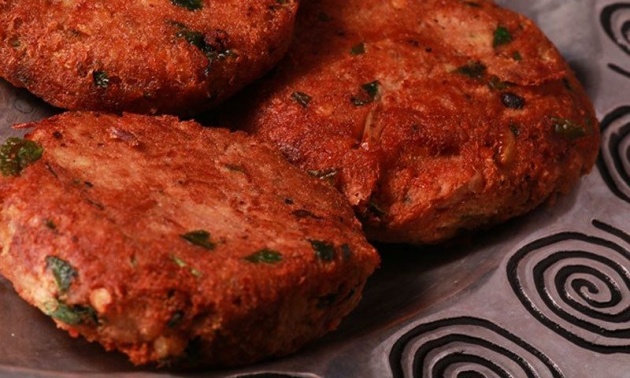
The Shami is the king of the tea trolley in Pakistan; may it be Eid or a casual drop-in at a friend’s house, the delicious delight is always a hot accompaniment.
The kebab, with the hot pepper, red pepper and green chillies in it, brings a zing not just to the chai but the conversation too. My earliest memory of stealing a taste of the Shami Kebab is right from the pot, just before the patty was made and fried; that is the fun and versatility of Shami Kebab – it's delicious to eat and steal before it is put in a blender to be made silky and fried to a fine finish.
Historian Lizzie Collingham in her book Curry talks about the Shami Kebab at length:
Nawab Asaf-ud-Dulah’s love of food is also said to have led to the invention of the Shami kebab. This is one of Lucknow’s many contributions to kebab cookery. In contrast to the Mughal emperors who ate sparingly, the nawabs of Oudh were gluttons.
Indeed, Asaf-ud-Dulah became so fat that he could no longer ride a horse. He managed to gain vast amounts of weight despite the fact that his ability to chew was compromised by the loss of his teeth. Shami kebabs are supposed to have been created in order to accommodate this problem. They were made out of finely minced and pounded meat known as qeema. While westerners tend to mince meat as a way of using inferior grades, the Mughals would often mince the best cuts. Qeema is frequently referred to in the recipes given by Akbar’s courtier, Abu’l Fazl, as an ingredient for pulaos.



